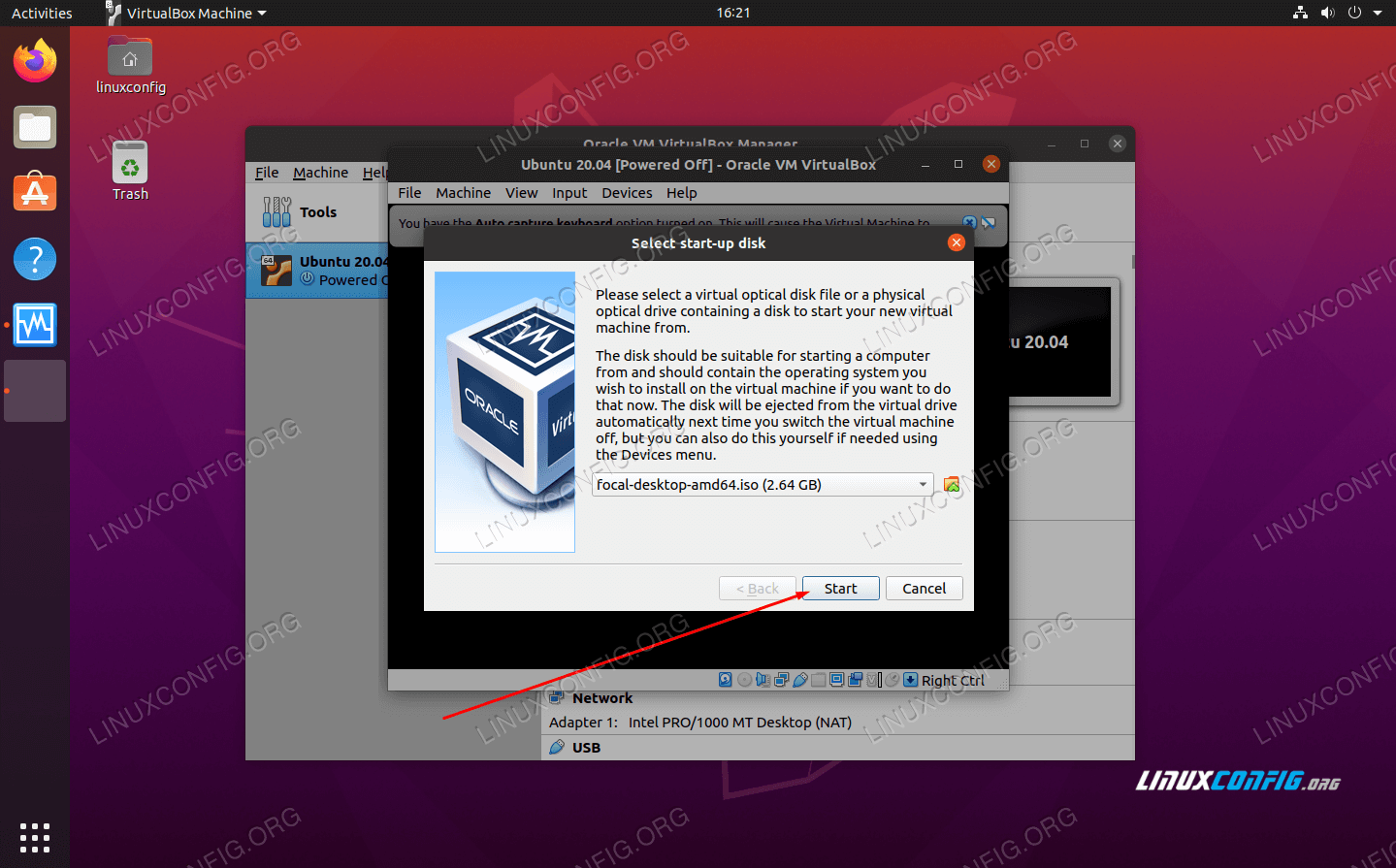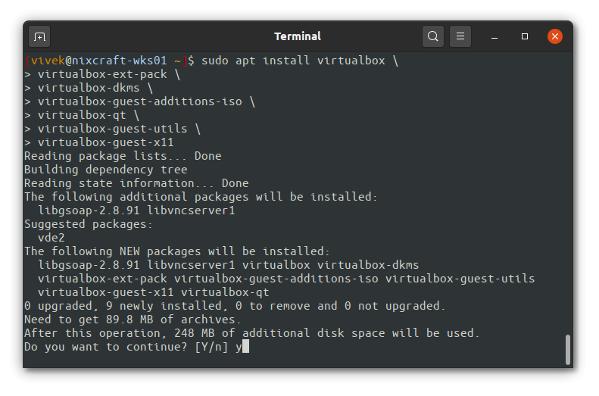


iso file there, before returning to the main VirtualBox window. Switch to the Optical disks tab and add the Ubuntu server. Click the Add button in the toolbar, find my-autoinstall-data.vmdk and select it. Launch VirtualBox, click File ▶ Virtual Media Manager. $ VBoxManage internalcommands createrawvmdk -filename /path/to/my-autoinstall-data.vmdk -rawdisk /path/to/my-autoinstall-data.dmg VirtualBox Preparationsĭownload the Ubuntu 20.04 server installer disk image from Ubuntu Releases. Open a Terminal window and enter the following to create, format and mount the disk image on your Desktop: dmg file) on which we can store our autoinstall configuration. Let's start by making a FAT32-formatted disk image (. The file can contain autoinstall data, cloud-init data, or (as we'll see) a bit of both. If these three conditions are met (and if the generator doesn't have a reason to block it), the installer will mount that volume, look inside it for a YAML file called user-data (no file extension), validate it and run it.

It is connected to the machine and visible immediately upon boot.When the VM boots from the install disk, NoCloud will scan all attached disks, looking for one that meets all of these criteria: IRL, we'd put the autoinstall data on a USB thumb drive (or burn it onto a CD or DVD), but for this guide, we'll create a local disk image that we can connect to the VM like another hard drive. Unlike with debian-installer, we won't have to remaster a custom install disk and can put our autoinstall data on a separate disk from which the installer will pull our setup configuration and run the installation. Autoinstall is new but pretty flexible we can automate the whole installation or choose for configure certain parts manually. It provides a way for us to write a YAML file that will be "ingested" (what a delightful term) by the installer, checked for validity and then used to process the installation.

Ubuntu's new installer subiquity includes an "autoinstall" tool that seems to extend the popular cloud-init tool. You will also need a group name, a username, a password hash and an SSH key pair. This was done on a 2016 MacBook Pro running macOS 10.15 "Catalina" and VirtualBox 6.1.6 (with the VirtualBox Guest Additions installed). This guide will explain how to set up a VirtualBox VM running Ubuntu 20.04 and, using the new autoinstall tool and cloud-init, install OpenSSH server, add a group and a user, who can then connect to the machine via SSH. Ubuntu 20.04 + Autoinstall + VirtualBox Intro


 0 kommentar(er)
0 kommentar(er)
